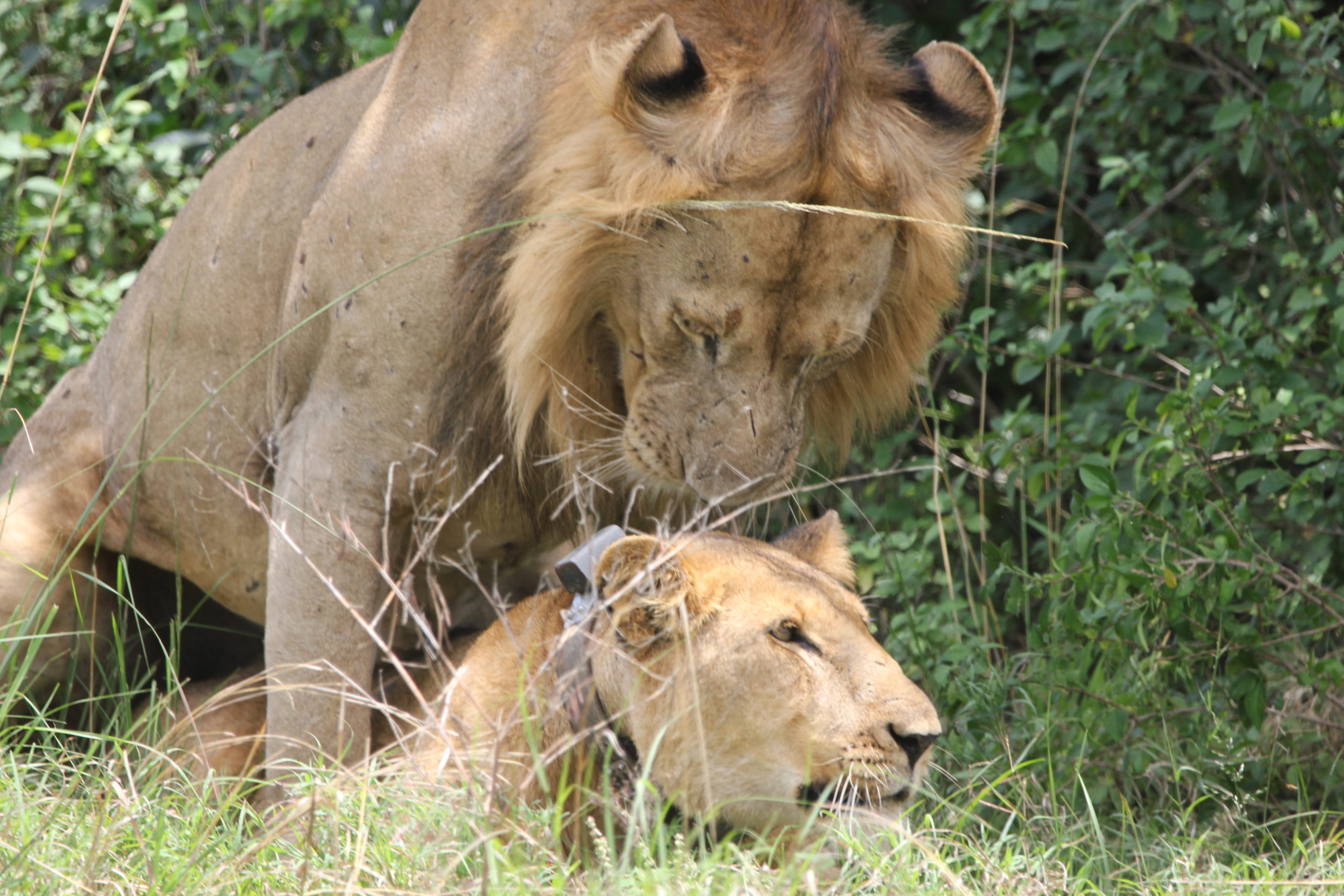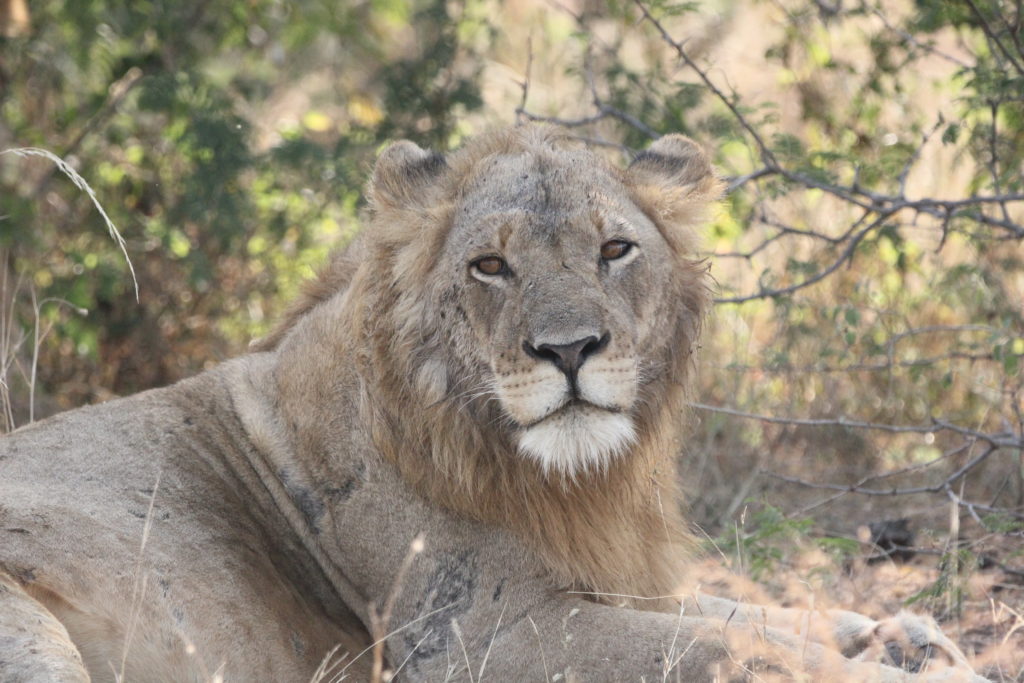
African lions (Panthera leo) are the largest and most imposing carnivore in Africa. They are the only true social cats and have special cultural significance in most countries on the continent. In Uganda, lions enjoy a reputation as ‘king of the beasts’ and are popular symbols of royalty, strength and bravery. Individuals have different home ranges that overlap so that they regularly meet and come together. Males are thrown out of the group at the age of 3-4 years by the dominant male(s) and will try to take over a pride when they get to 7-10 years old. Males usually hole a pride for 2-3 years only before being ousted by another male or coalition of males. Females generally stay in the same area as their mothers, occasionally moving to an adjacent pride when subadult, and rear a litter of cubs every two years. The highest mortality of lions is in the cubs with often whole litters being killed by other predators or buffalos.
In Uganda lions are mainly found in the three largest savannah parks: Murchison Falls National Park (MFNP), Kidepo Valley National Park (KVNP) and Queen Elizabeth National Park (QENP). In QENP and MFNP, one can find the tree climbing lions.
Frequently asked questions about lions in Uganda.

How many lions are in Uganda?
According to Uganda Wildlife Authority, the organization has carried out two nationwide censuses on Uganda’s lions from 2007 to 2017. The census of 2007 to 2010 gave an estimate of about 408 lions while that of 2011 to 2017 showed an increase to 493 lions countrywide.
How many lions are in Queen Elizabeth National Park?
The park has over 250 of the large cats in both the northern and southern sector. The park is one of the best places to encounter lions in Africa.
Why do lions climb trees?
Lions are believed to climb trees as a behavioral adaptation to protecting themselves from the constant irritation of insect bites while lazing on the ground under trees. Some animal behaviorists claim that these lions have perfected the art of climbing trees as a way of escaping the sweltering heat on ground level
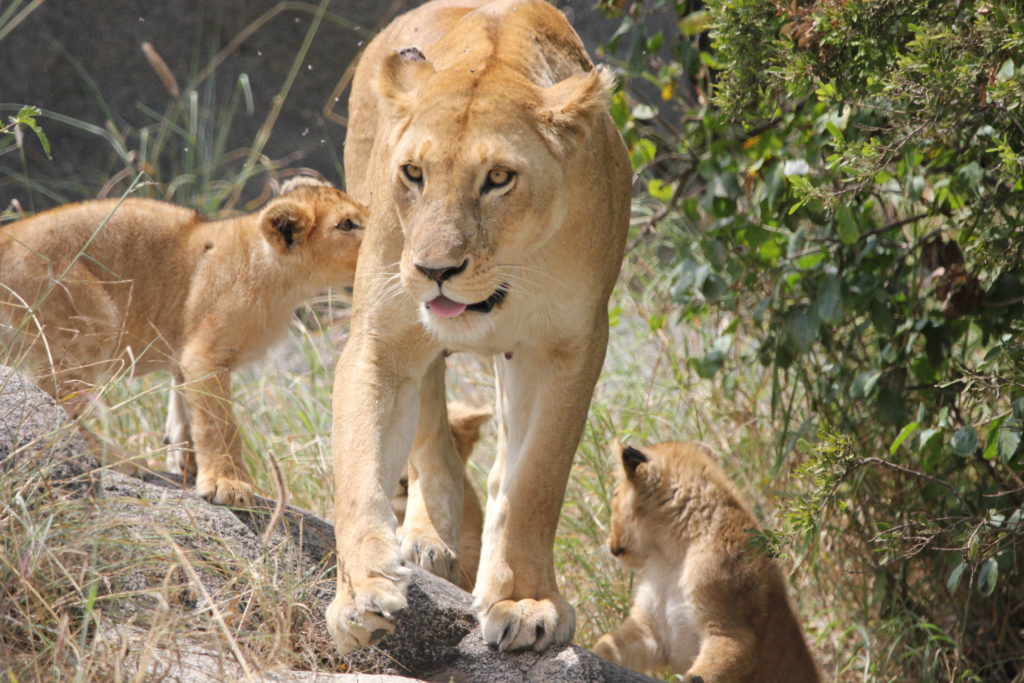
A lion has no concept of incest or sexual impropriety. And a male lion would absolutely mate with his mother or sister. The same can be said of most male mammals.
Can a lioness kill a lion?
In the wild, groups of lionesses do attack lions, typically in defence of their cubs or territory, and such incidents have been filmed at safari parks. … Sometimes the lions will kill cubs – usually when they take over new territory from another pride – to stake their claim on the females
How fast is a lion?
80 km/h
Do male lions mate with all the females?
Both sexes are polygamous and breed throughout the year, but females are usually restricted to the one or two adult males of their pride. In captivity lions often breed every year, but in the wild they usually breed no more than once in two years.
Who is more powerful lion or lioness?
Physically the lions are bigger and stronger than lionesses. A lion needs to be strong to maintain a territory, fight with competition and have a pride. But a lioness can be as powerful or even more than a lion, if the need so arises. Especially mother lionesses have been known to be fearsome !.
Can you scare off a lion?
It is vital to stand your ground, perhaps retreating very slowly, but to continue facing the lion while clapping your hands, shouting and waving your arms around to make yourself look bigger. Most charges are mock charges, so you will usually be fine. And remember: hold your ground! Never run or turn your back.
Are Lions lazy?
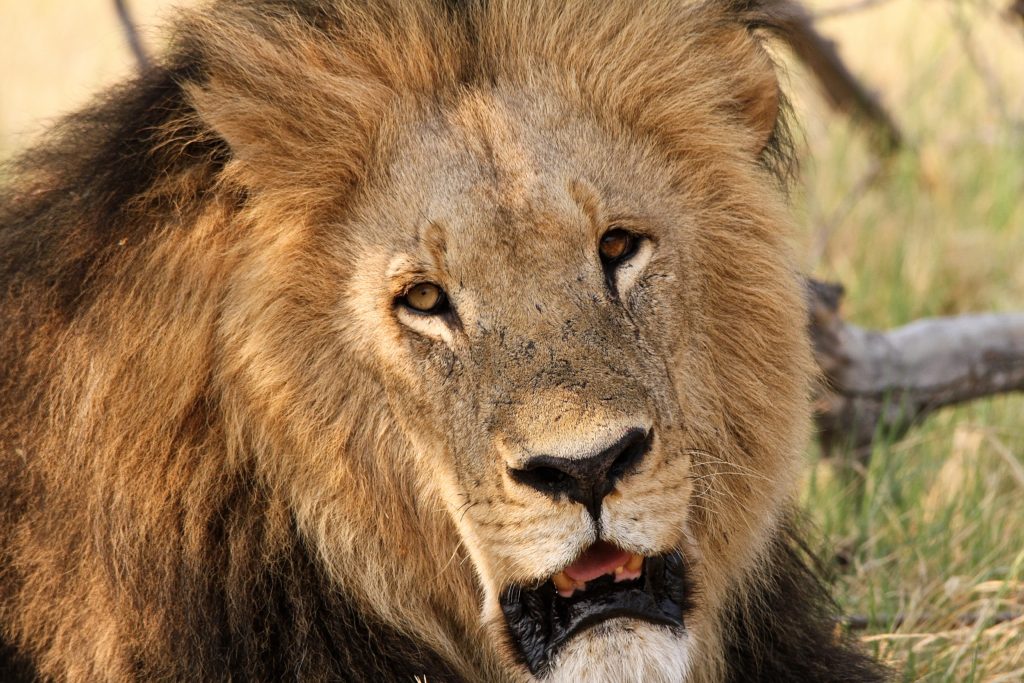
All lions have a reputation for being extremely lazy. If you complain about your cat napping all day, check out the bigger ones in the wild. Male lions spend 18 to 20 hours a day snoozing, while females get 15 to 18 hours. If they happen to have a big meal, they may even sleep for 24 hours.
How is the reproductive behaviour of a lion?
Reproduction And Life Cycle
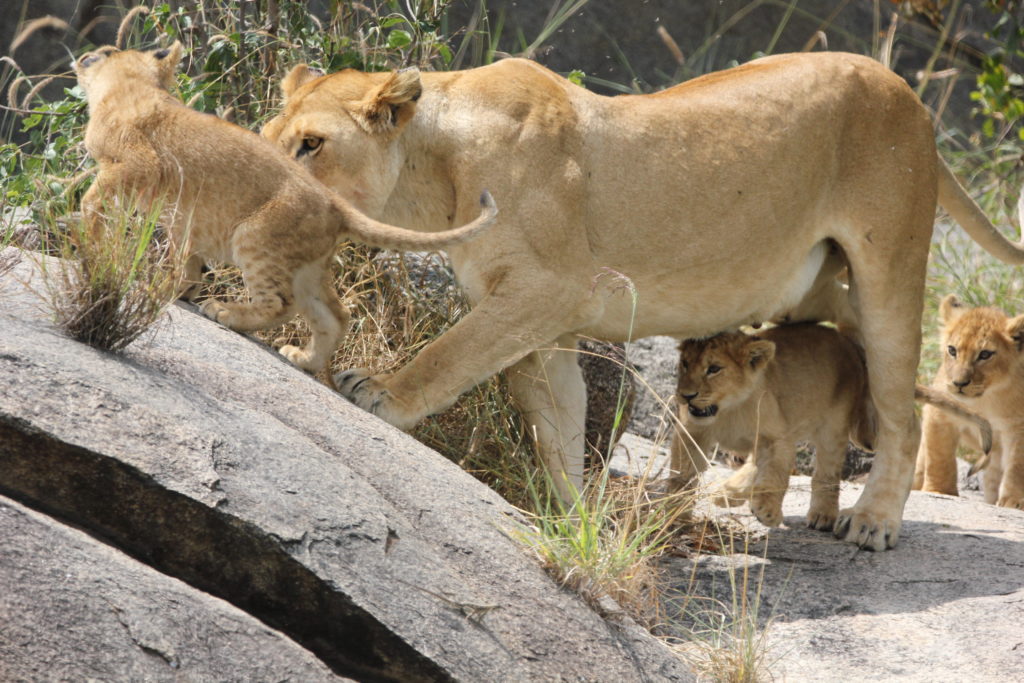
Both sexes are polygamous and breed throughout the year, but females are usually restricted to the one or two adult males of their pride. In captivity lions often breed every year, but in the wild they usually breed no more than once in two years. Females are receptive to mating for three or four days within a widely variable reproductive cycle. During this time a pair generally mates every 20–30 minutes, with up to 50 copulations per 24 hours. Such extended copulation not only stimulates ovulation in the female but also secures paternity for the male by excluding other males. The gestation period is about 108 days, and the litter size varies from one to six cubs, two to four being usual.

